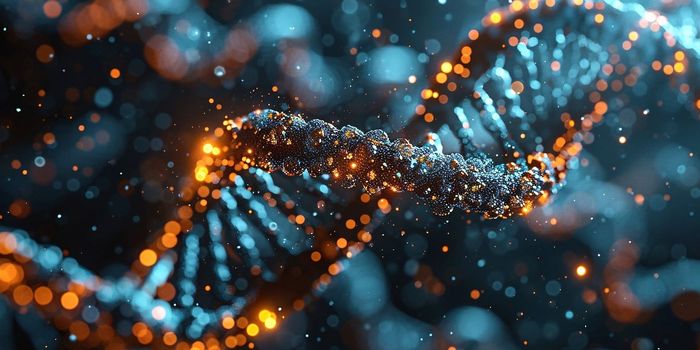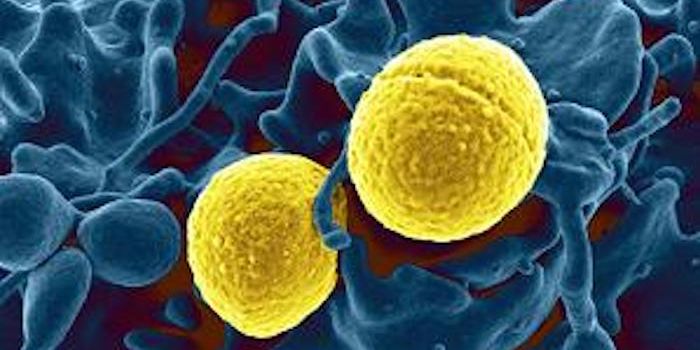Signs of Huntington's Disease in Early Embryonic Development
Huntington's disease is a neurodegenerative disorder that's caused by mutations in the huntingtin gene. People can be diagnosed early in life with a genetic test, but otherwise, the signs of the disease, which can include movement and cognitive dysfunction, don't usually appear until a person's 30s or 40s. New research has indicated that Huntington's disease begins far before that, however, maybe as soon as the first two weeks of embryonic development. These findings, which have been reported in Development, could help create new therapeutic approaches for Huntington's, which has no treatment.
“When the patient goes to the doctor, that’s when the last dominoes have fallen. But the first domino is pushed in the developmental phase,” said study author Ali Brivanlou, head of the Laboratory of Synthetic Embryology at Rockefeller University. “Knowing this trajectory, we may be able to block the progression of the disease.”
There is still a lot researchers don't know about the huntingtin gene, like why it's mainly harmful to neurons in a specific part of the brain, and what all the functions of the normal protein are. Research from the Brivanlou lab has suggested that in the first stages of brain development, the huntingtin mutation causes differentiating brain cells to grow abnormally.
In this study, the researchers went back even further in developmental time to a stage called gastrulation. At this time, cells in the embryo are forming germ layers, which go on to create the progenitors of an organism's cell types, including brain cells.
The researchers utilized embryo 'organoids,' simple models of the human embryo that are made from stem cells. With CRISPR/Cas9 gene-editing, the researchers were able to engineer embryo models that carried various mutations found in Huntington’s patients.
In these huntingtin mutant embryos, the germ layers were different sizes compared to normal embryos. The more severe the huntingtin mutation was, the more significant the size difference became. “It’s a phenotypic signature; you can see it with your eyes,” noted Brivanlou.
That visible change, the researchers found, is caused by alteration to a signaling pathway that guides the embryonic cells.
The researchers don't know what the implications of these changes are, and humans that carry these mutations tend to function normally for decades. There could be other mechanisms that are compensating for the early impacts of the disease, the researchers suggested. “Understanding those mechanisms may be the key to developing new treatments that delay the symptoms, or even cure the disease,” Brivanlou said.
The research group is already screening drugs in a search for any that can help restore the germ layers to normal. If one is found, it could help researchers treat the cause of the disease.
Sources: The Rockefeller University, Development









